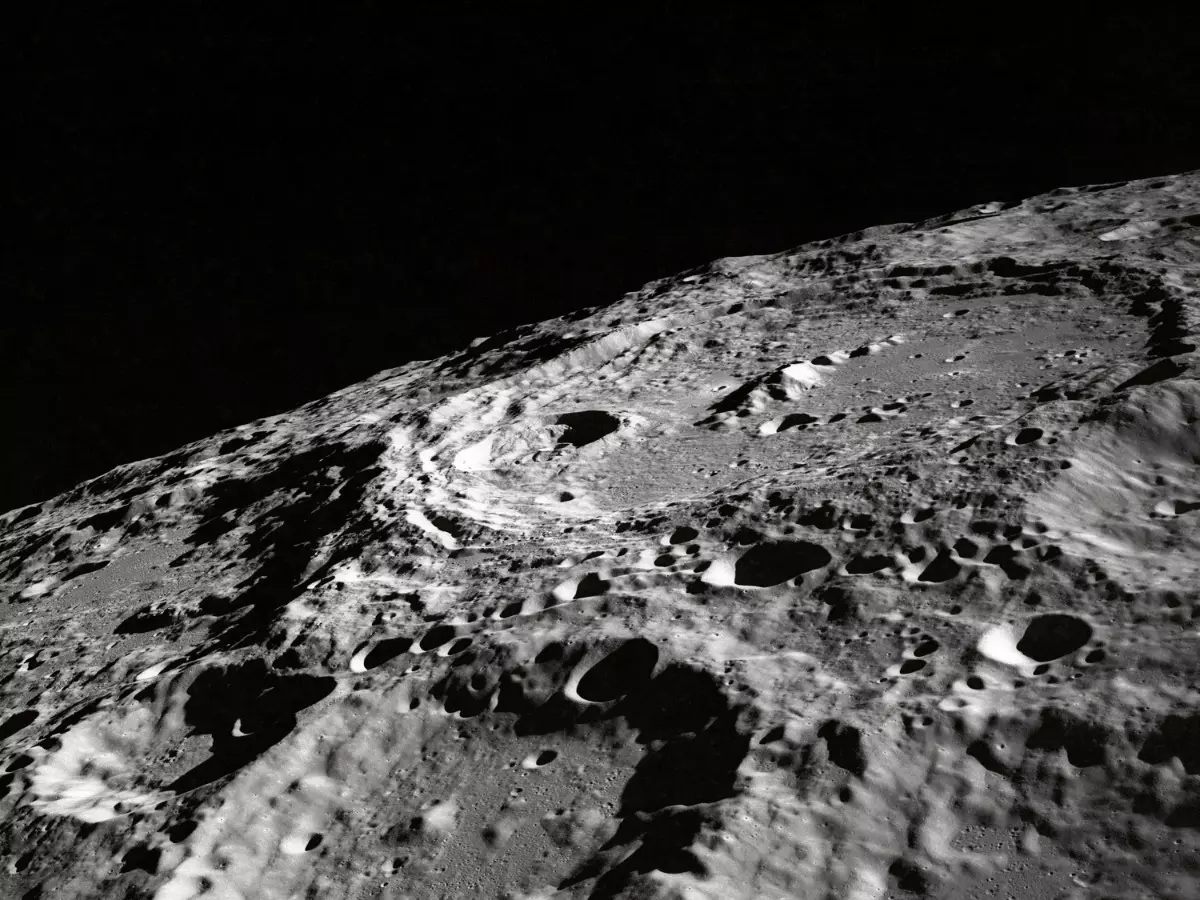Only Scientist To Walk On The Moon Discovered He Was Allergic To Lunar Dust
Schmitt is now 87-years-old and is among the most recent living people to have walked on Earth's only natural satellite

Imagine landing on the Moon only to realise that you're allergic to Moon dust. That's exactly what happened with Apollo 17 astronaut Harrison H. Schmitt, who realised that the dust on Moon was triggering his allergies.
Schmitt is now 87-years-old and is among the most recent living people to have walked on Earth's only natural satellite. In addition, he's the only scientist without a military aviation background to have stepped on the Moon.
 Unsplash
Unsplash
Astronaut realises he's allergic to Moon dust
It wasn't a complete joyride on the Moon for Schmitt though. Turns out, after he breathed in some Moon dust and realised he was allergic. Schmitt was on the Moon in December 1972 in the final crewed Apollo mission. One part of his job there was to collect rock samples near the Taurus-Littrow valley that's situated close to the Sea of Serenity.
 NASA
NASA
Of course, he didn't take off his suit on the Moon to get a whiff of the Moon air. Instead, he found out that he was allergic to Moon dust after returning to the landing module on the surface on the Moon after particles got spread around the cabin from his suit.
Also read: NASA's Robot Snake Will Slither Across Saturn's Icy Moon In Search Of Life
 Unsplash
Unsplash
In 2019, during the Starmus Space Festival, Schmitt said "First time I smelled the dust I had an allergic reaction, the inside of my nose became swollen, you could hear it in my voice," The Telegraph reported. "But gradually that went away for me, and by the fourth time I inhaled lunar dust I didn¡¯t notice that," he added.
It appears that being allergic to foreign dust might trigger allergies in many people, regardless of how sensitive they are to allergies on Earth. Schmitt revealed that a flight surgeon was also affected by the allergies. Their reaction was so strong that they had to halt their work.
Protecting future astronauts
This implies that astronauts of the future who land on the Moon need to be wary of potential allergies. "For some individuals we need to find out whether they are going to have a reaction, if they are going to be exposed chronically to Moon dust," Schmitt said.
He also added how this problem may be solved by some engineering tweaks to the spacesuit. "Now my suggestion is don¡¯t ever let them be exposed to lunar dust and there are many engineering solutions," he added.
 Unsplash
Unsplash
Also read: 3D Printed Structures On The Moon Could Become A Reality With China's Lunar Missions
According to the European Space Agency (ESA), all astronauts who have landed on the Moon have suffered "lunar hay fever" in one form or another. Symptoms can vary from mild sneezing to some nasal congestion. While most people got used to the dust quickly, some people experienced discomfort for many days.
On Earth, such particles are eroded by the wind and water. But on the Moon, such conditions do not exist, making dust particles sharp and spiky. Moon dust also has the potential to cause lung problems among astronauts upon inhalation.
What do you think about this story? Let us know in the comments below. For more in the world of technology and science, keep reading Indiatimes.com.
